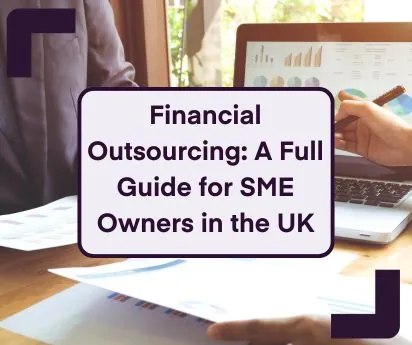
What is pension tax relief and how can you claim it?
7 Nov 2019Saving for a pension might seem a relative luxury when you’re facing other financial challenges, but the tax advantages may prove a useful benefit when you compare it with other forms of saving or expenditure, and pension tax relief is the reason why.
In its simplest form, pension tax relief is a ‘top-up’ from the government on your pension contributions. The amount of top-up is based on your income tax rate. Basic rate taxpayers receive an extra £20 for every £100 they contribute and higher rate or additional rate taxpayers receive an additional £40 or £45 depending on their tax level.
The government makes this contribution by reducing the amount of actual tax you have to pay. The relief is available whether you pay into your employer’s workplace pension scheme or a personal pension scheme.
Pension tax relief deductions
You can obtain the relief in two basic ways, depending on how your pension scheme works:
-
From net pay
-
At source
Pension tax relief from net pay
In this scenario, your pension contributions are deducted from your total salary before payment of income tax. Your employer or the pension scheme administrator will then claim the full amount of tax relief from HMRC at the appropriate rate.
In practical terms, you pay less income tax and have more take home pay as well as increasing your pension fund.
This arrangement applies to workplace pensions and it means that you don’t have to make any claims yourself. Your employer or the scheme administrator does the work for you.
Pension tax relief at source
Some workplace pension schemes and all personal pension schemes use this form of tax relief. The scheme administrator claims the appropriate tax relief from HMRC on your behalf and adds it to your pension fund.
If you are a basic rate taxpayer and your employer adopts this method, the employer will deduct only 80 percent of your pension contribution from your salary.
Higher rate or additional rate taxpayers can receive 20 percent of their tax relief at source, but must claim the balance of 20 or 25 percent relief by completing a self-assessment tax return. The relief will be used by HMRC to reduce your income tax liability for the tax year rather than paid into your pension fund.
Eligibility for pension tax relief
Any income taxpayer is eligible for the relief at their appropriate tax rate. However, the situation is more complicated for low-income earners or people who aren’t liable to income tax.
Employees earning less than the annual Personal Allowance don’t pay tax. If your employer operates a workplace pension scheme and uses the net pay tax relief method, you won’t receive any tax relief on your contributions.
The government recognises the problem and is considering changes from the 2024/2025 tax year that will allow tax relief in that situation.
However, if your employer operates the tax relief at source method, you will receive the 20 percent top-up, even though you are not liable to pay income tax.
Limits on contributions
The government sets a Pensions Annual Allowance. This is the total of personal contributions you can make while receiving the relief. Currently the allowance is £40,000 per year.
However, the contributions eligible for pension tax relief must not exceed your earnings for the relevant tax year. So, if you earn £30,000 and contribute £32,000 to your pension fund, you would only receive tax relief on contributions of £30,000.
In theory, this means that you could contribute most or all of your earnings up to £40,000, if you could afford to. Any additional contributions you make would be subject to income tax at your appropriate rate.
This limit applies to the majority of income tax payers. However, anyone earning less than £3,600 can only contribute a maximum of £3,600.
In addition to a Pensions Annual Allowance, the government sets a lifetime allowance on pension contributions of £1.073 million. If you exceed this limit, your additional pension will be taxed at 25 percent or at 55 percent if you take the additional amount as a lump sum.
Rolling over contributions
Although the Pensions Annual Allowance is £40,000 per year, you can carry forward any unused allowance for up to three years. In a simple example, if you have unused relief on contributions of £10,000, your allowance for the following year would be £50,000.
Age limits on contributions
You can make contributions to a pension fund up to the age of 75 and receive the relief. Any contributions beyond that age will not be eligible for relief.
However, if you start withdrawing money from your pension fund after the qualifying age of 55, you may be subject to the Money Purchase Annual Allowance, which can reduce the amount of pension tax relief you receive.
This can reduce your annual allowance to £4000 with any additional contributions subject to income tax. The aim is to prevent people withdrawing money from their pension fund and repaying it into their current fund or a different one to obtain additional tax relief.
Support from Accounts and Legal
The tax relief can be a very effective way of reducing your income tax bill and increasing the value of your pension fund. However, like most forms of savings or tax planning, it requires careful consideration and you may find it useful to take professional advice.
Our team of tax advisers at Accounts and Legal can provide useful tax advice and a range of tax services to help you put together the most suitable approach for your personal circumstances.
To find out more, please contact us on at info@accountsandlegal.co.uk. If you need help with your accounting, you can also get a quick, no-obligation quote for our services here,
Read More: Planning your pension as a business owner





















